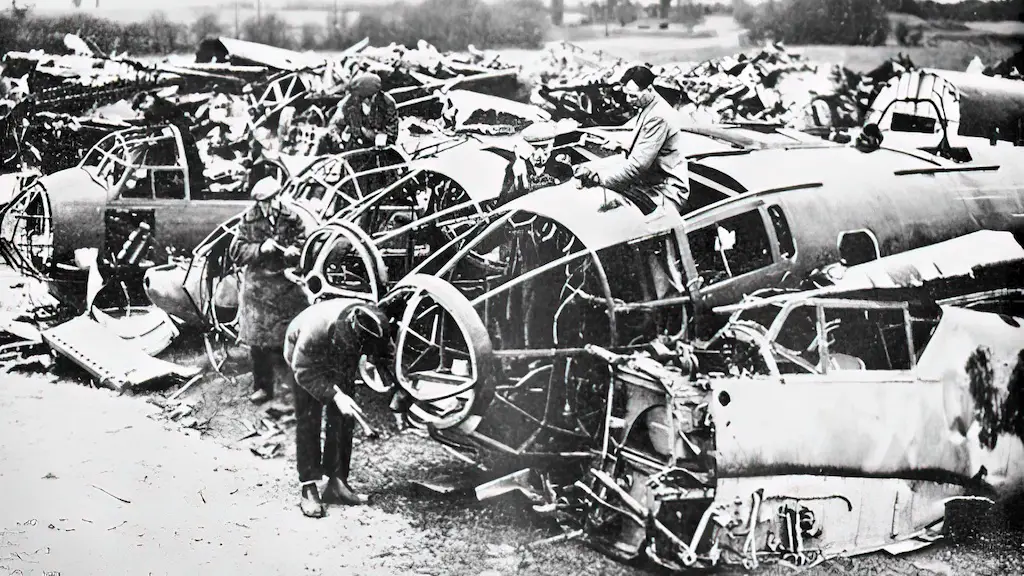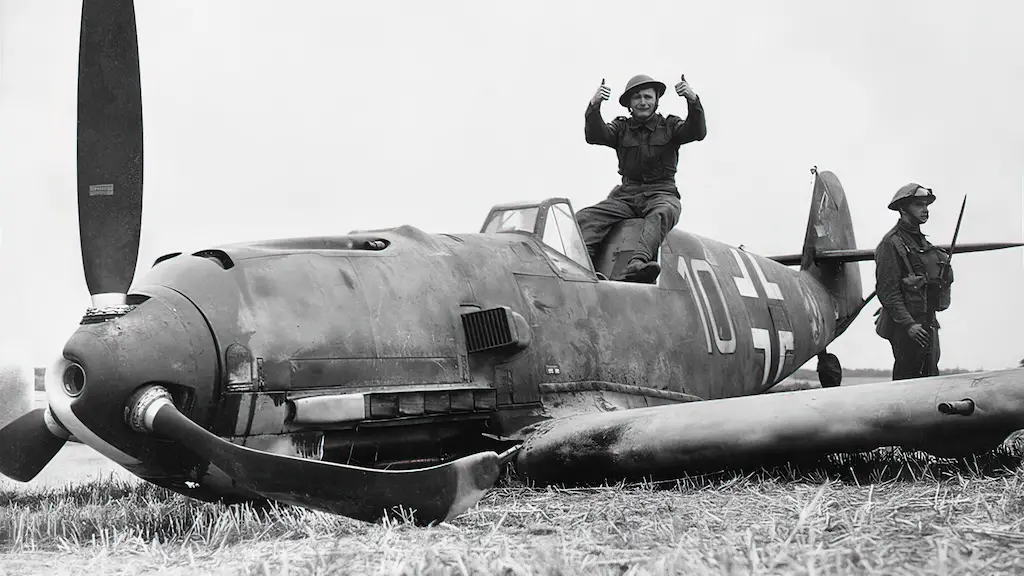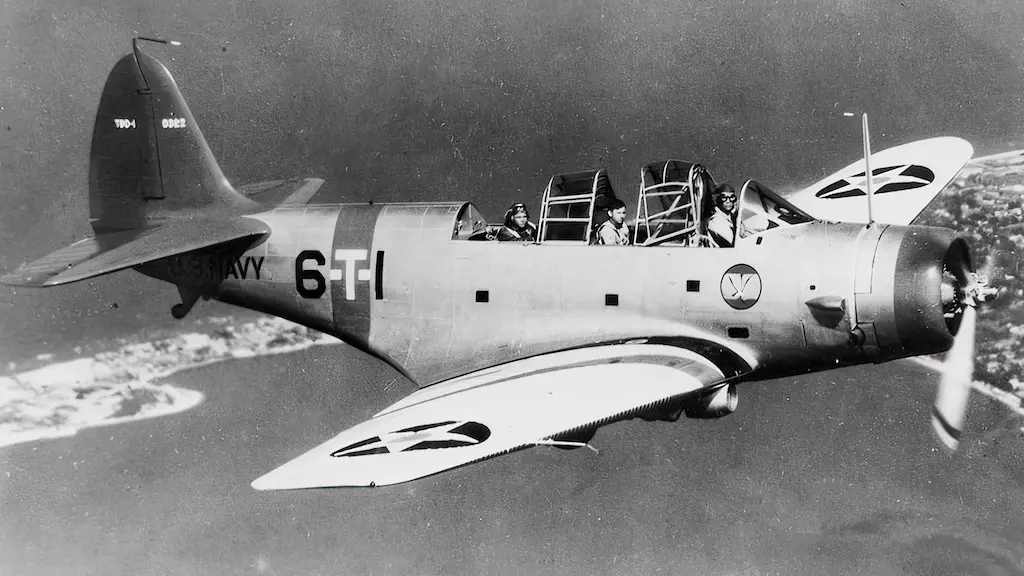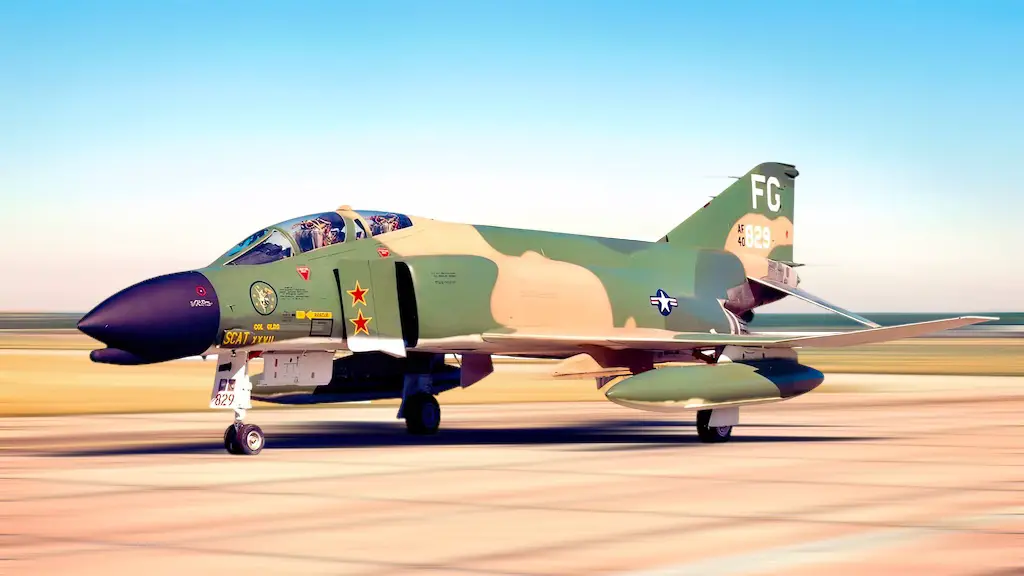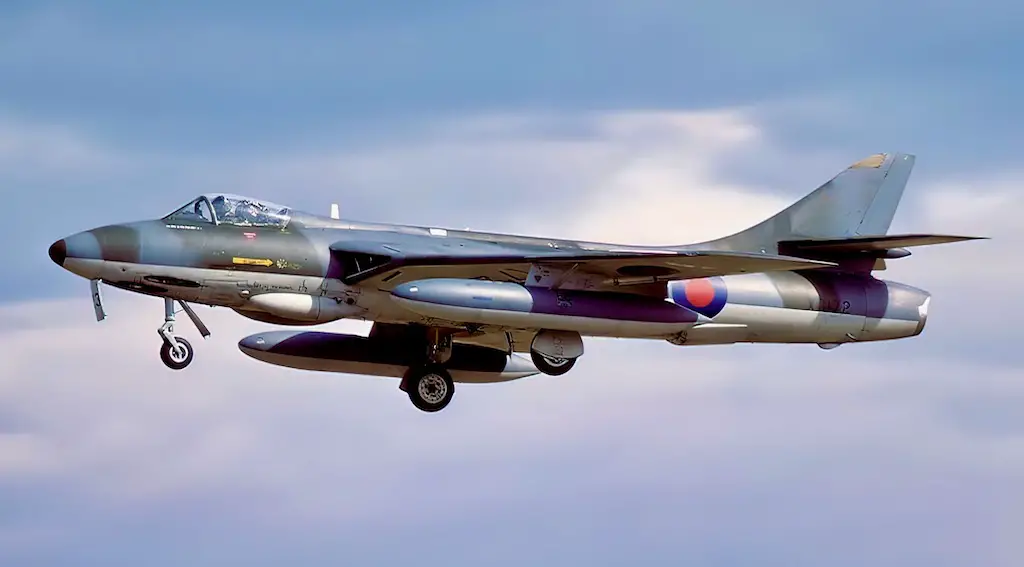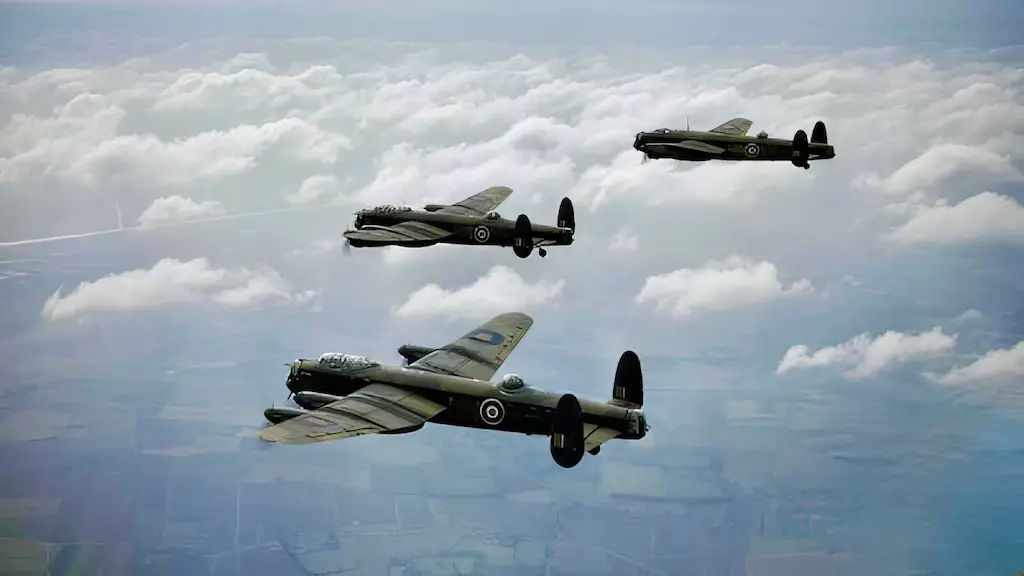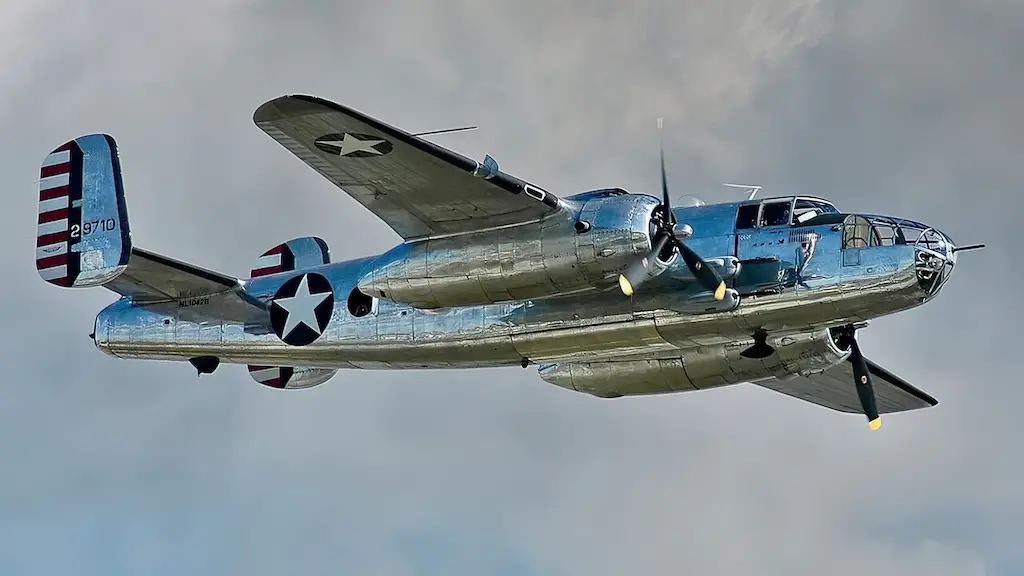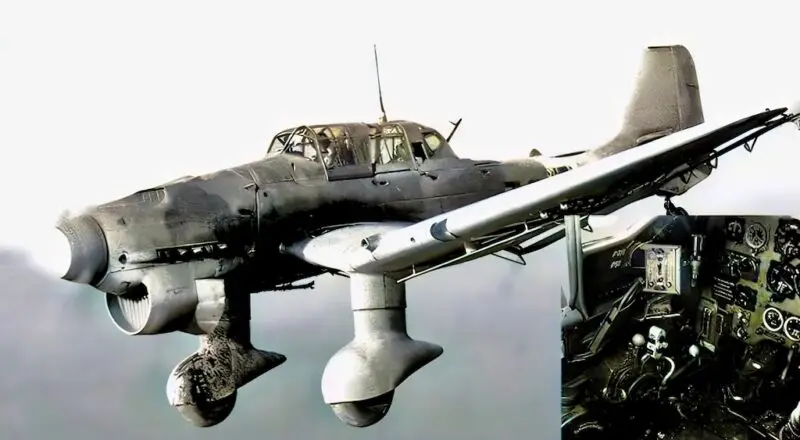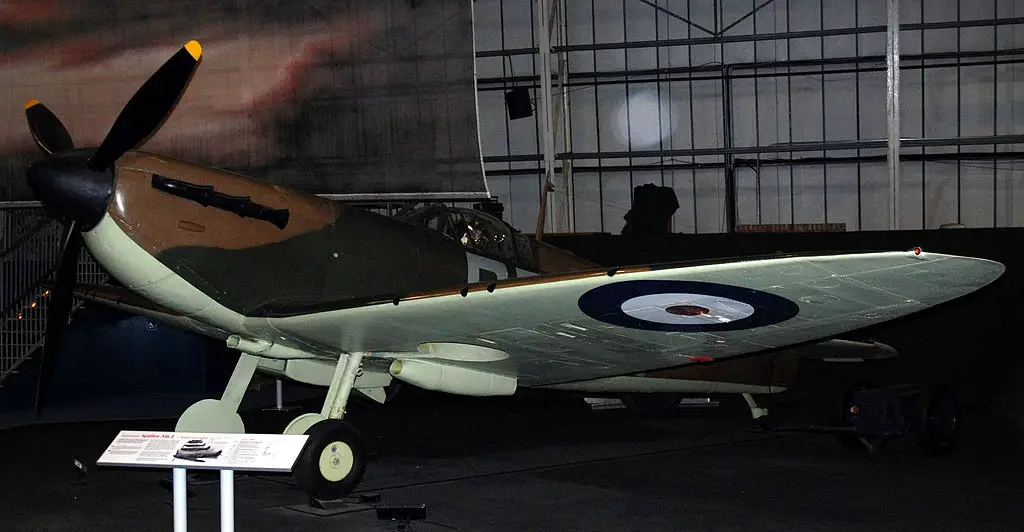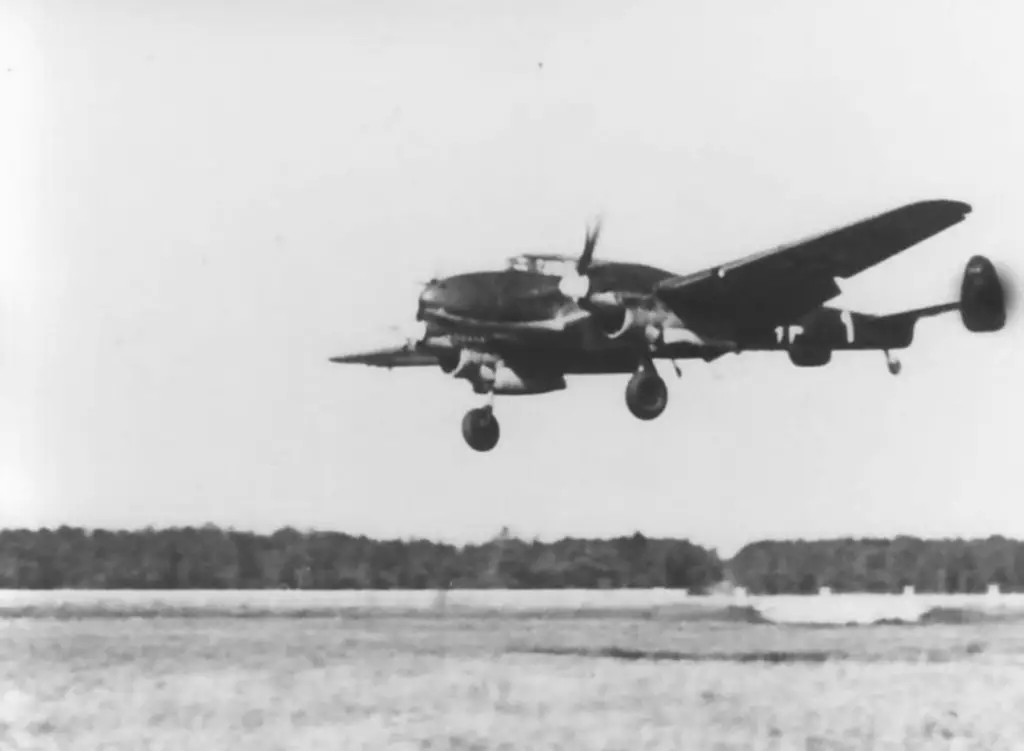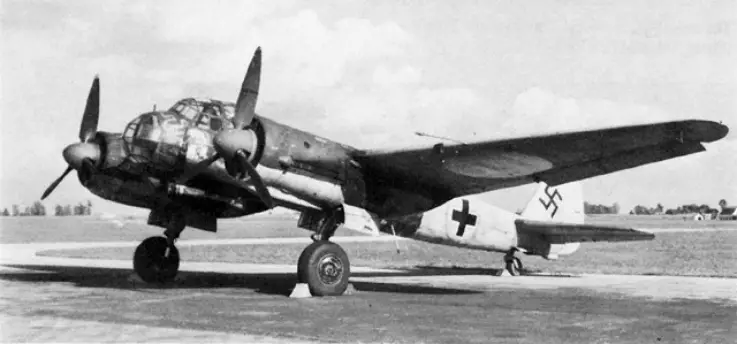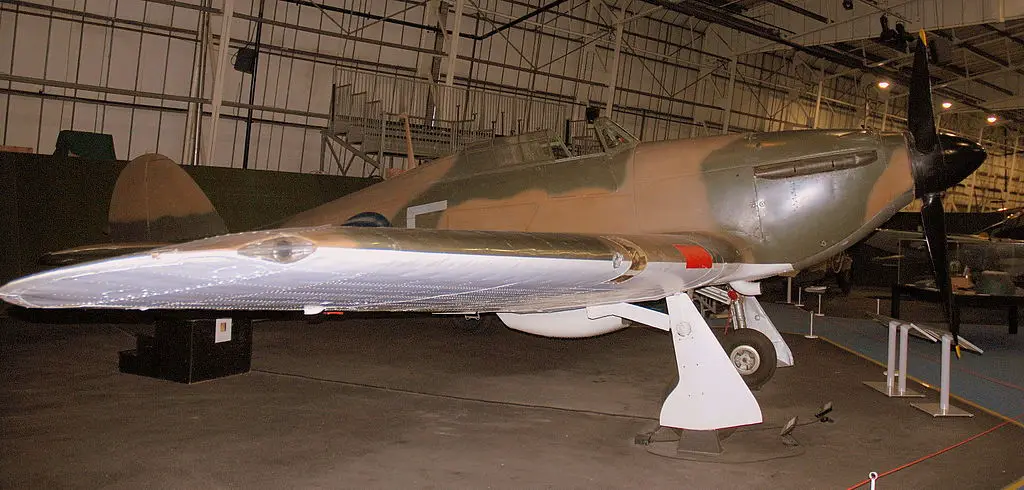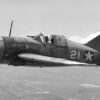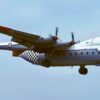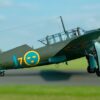The largest aerial battle ever fought in history is the Battle of Britain. The sheer size and scope of aircraft fought has never again been replicated nor surpassed. In over 3 months, the outnumbered Royal Air Force (RAF) fought against a formidable enemy attempting to nullify British aerial opposition in preparation for a full scale invasion of Britain.
The German Luftwaffe had launched air raids on Britain over the course of June and July 1940, but on August 8th, they unleashed the first of the intense raids that signified the battle. The Luftwaffe had direct orders to “overpower the English air force with all the forces at its command, in the shortest possible time.” At the same time, the invasion preparations were to be completed by September 15.
However, despite possessing a superior number of aircraft and pilots, the Germans failed in their objective, putting the plans of an invasion on an indefinite hold.
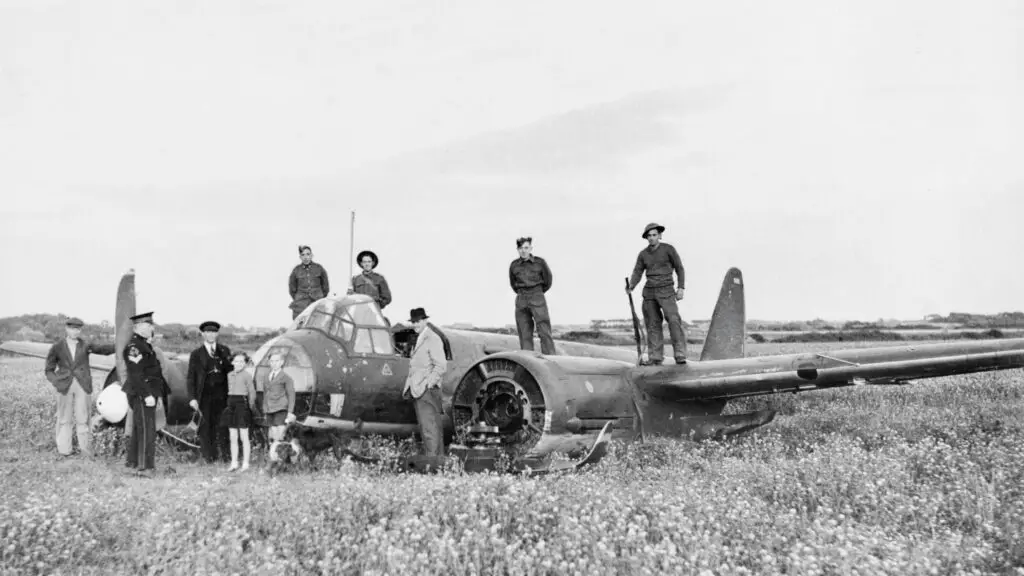
Allied assistance
At the onset of the war, the RAF had a shortage of trained pilots. It managed to procure some from the Fleet Air Arm and Coastal command, yet the bulk of assistance came from overseas. The foreign fighters who volunteered did so from Poland, Czechoslovakia, Norway, New Zealand, Australia, the United States, South Africa, Belgium, Canada, Free France, Ireland, Jamaica, Palestine, Holland, Newfoundland, and Southern Rhodesia. Many speaking little or no English, at least when they arrived and relatively little thereafter. The RAF suddenly had 2,000 applicants by then; a significant boost.
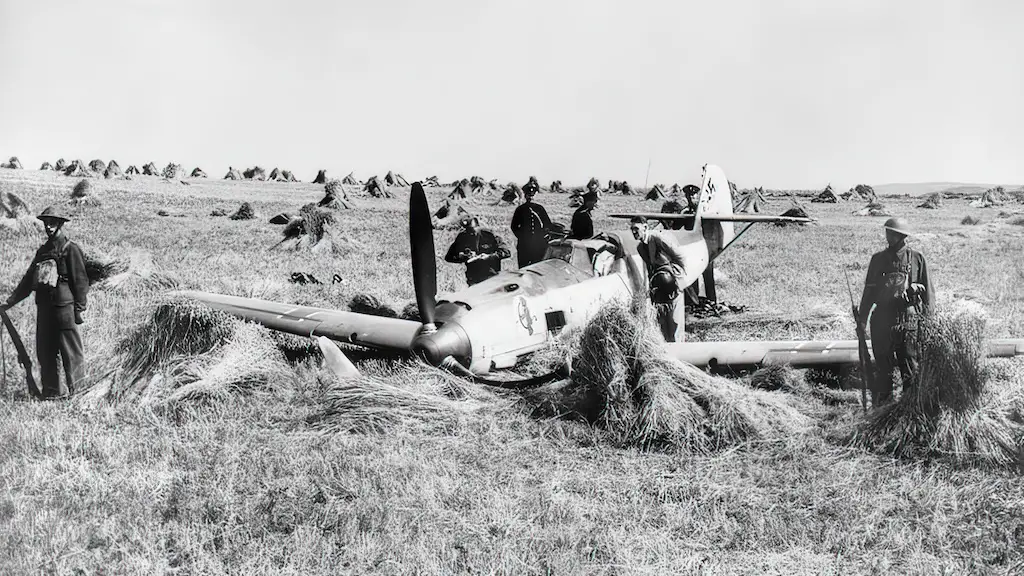
There were enough to make four full squadrons of Polish pilots, and one full squadron of Czech airmen. Even from faraway South Africa came Captain Adolph G. ‘Sailor’ Malan, an ace who is seen by many as the greatest fighter pilot in the history of the RAF. His “Ten Rules of Air Fighting” probably saved the lives of hundreds of Allied fighter pilots during the war and since.
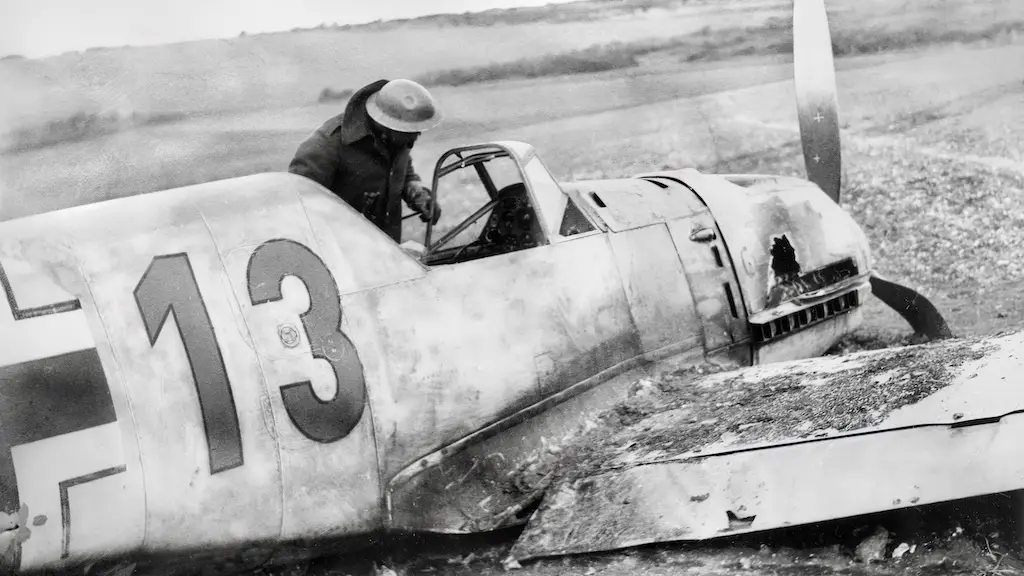
Strategy
The Luftwaffe was primarily targeting the industries and infrastructure that maintained the RAF’s fighting abilities such as airfields, ports, and manufacturing facilities. These attacks could have significantly wounded the British war effort in the skies, but the Oberkommando Der Wehrmacht (German Armed Forces High Command) shifted focus between different strategies and targets one after another, inadvertently allowing the RAF breathing room and a chance to strike back.
In hope of demoralising the British into accepting a surrender, Luftwaffe attacks shifted onto civilian targets, particularly in London. Yet, when the British PM Winston Churchill and the common folk made it clear that surrender was not an option, no choice was left but to neutralise the RAF.
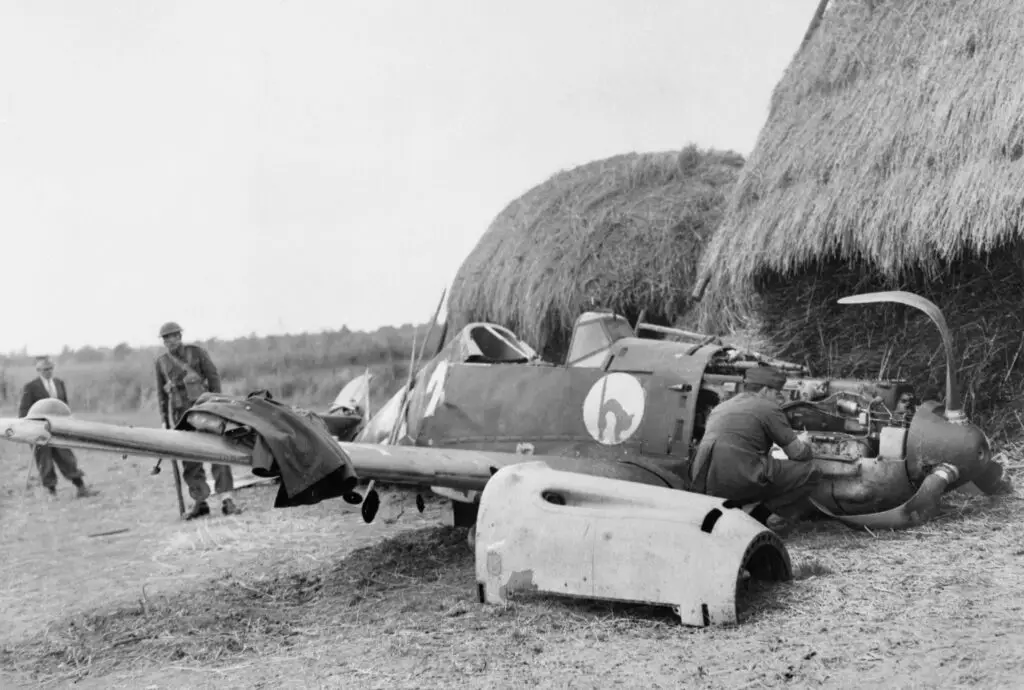
Superior Aircraft
One of the reasons for Britain’s victory was their arguably better aircraft. The Germans wielded the twin engine Messerschmitt Bf 110 heavy fighter and the Messerschmitt Bf 109E fighter. The former aircraft, while heavily armed, was much less manoeuvrable than single engine fighters involved in the battle.
The latter were much more suited to the fast paced aerial combat seen during the battle. It was highly manoeuvrable and fast in a climb with a better ceiling. It also carried two to one (variable) 20mm cannons in the nose that could bring down enemy fighters in just a few shots.
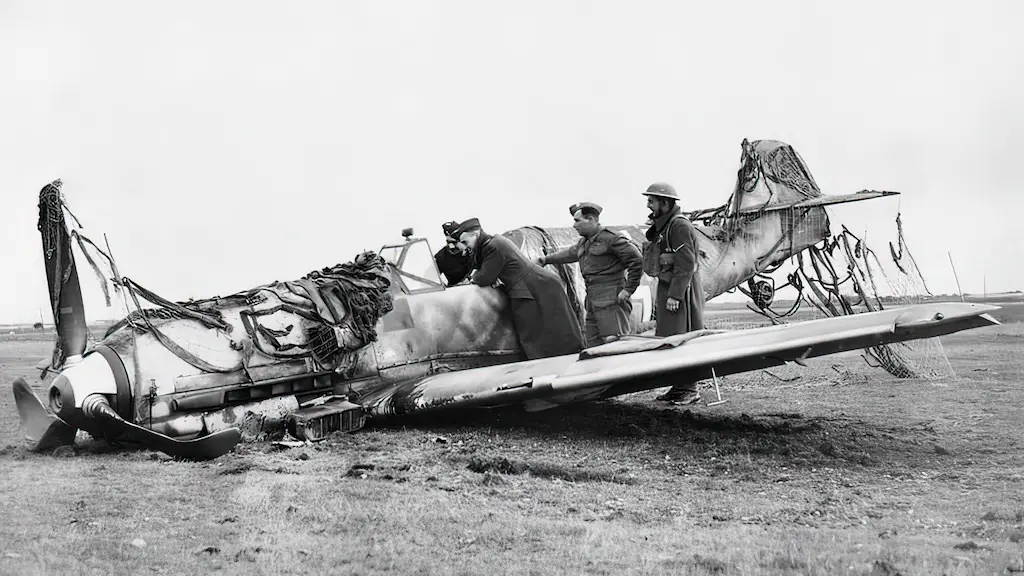
However, in the air battles over the English Channel and later during the Battle of Britain, the Bf 109E not only exposed its short range flaw but also met its equal, the Supermarine Spitfire. The short range of the Bf 109E prevented it from escorting Luftwaffe bombers past London, leaving the greater part of the British Isles free from any attack. This problem is considered a significant contribution to the Luftwaffe’s defeat in the Battle of Britain.
The Spitfire was incredibly manoeuvrable and carried eight .303 machine guns. Pilots in the cockpit of the Spitfire held a dogfighting edge over the Bf 109 especially in a close-in dogfight.
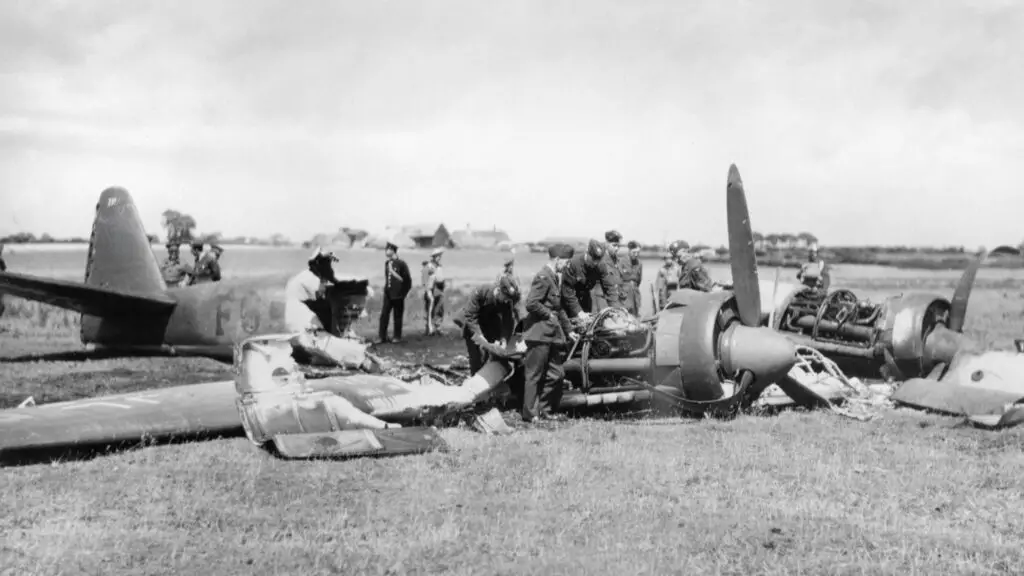
Aftermath
Throughout the battle, the RAF shot down around 1887 German aircraft. Some of these were lost at sea, while others were completely shattered from high speed crashes, yet many managed to crash land and keep the crew and aircraft mostly intact.
An advantage for the British of fighting over friendly territory is that they had access to their adversary’s equipment. The hulks of crashed planes were inspected and analysed to determine their strengths and weaknesses, and then reverse engineered to contribute in the production of more British aircraft.
